Muzaffarnagar, UTTAR PRADESH :
Making amends for wrongs done requires compassion and a human touch, says Sandeep Virmani of Hunnarshala Foundation
In 2013, Muzaffarnagar in Uttar Pradesh experienced one of the worst communal riots in recent history. Some 62 people died and more than 50,000 were displaced.
Hunnarshala Foundation helped resettle about 250 families who could not return to their original villages. It was a challenging project for the not-for-profit organisation, which has been working with communities in the area of housing and infrastructure for over 20 years now.
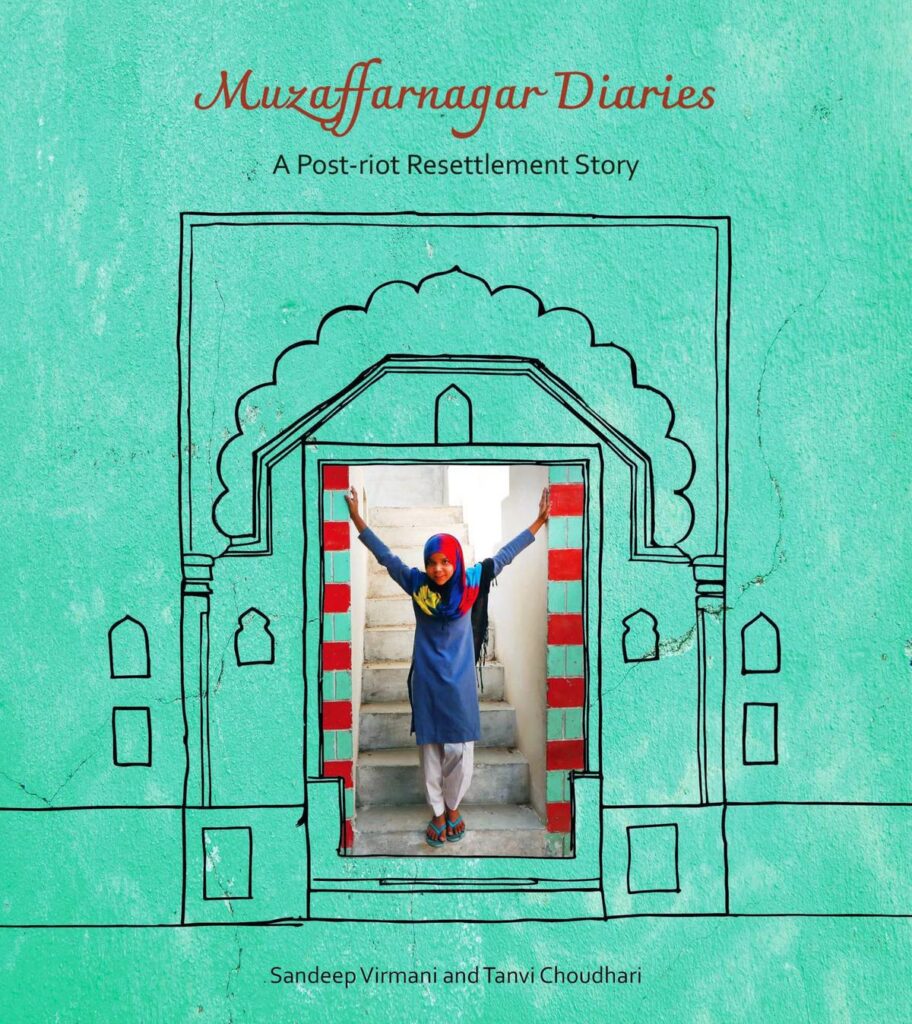
Muzaffarnagar Diaries: A Post-Riot Resettlement Story talks of how the project fell in place. Sandeep Virmani, Executive Vice-Chairman of Hunnarshala, spoke about the importance of empathetic resettlement in the context of this project. Excerpts from the interview:
What is the magnitude of the problem of internally displaced persons (IDPs) in India?
IDPs are people displaced from their homes and communities due to natural disasters, conflicts or development projects. In India, at any given point, we have between 40 lakh and 80 lakh people living in camps, away from home. Of these, about 20,000 are displaced due to conflicts — ethnic, armed, communal, or even targeted violence. India consistently features in the 10 worst affected countries in the world. Conflict victims are the worst hit since invariably, the state is involved in abetting violence or allowing it to happen. For this reason, unlike after natural disasters, very few people come forward to help.
How does Indian law fall short when it comes to reparative justice, especially for victims of incidents such as the 2002 Gujarat riots or the 2013 Muzaffarnagar riots?
Unlike cross-border refugees, IDPs don’t have any rights. Even though the Constitution requires the state to take responsibility for the safety of its citizens, there are no laws, policies, or statutory frameworks for reparative justice. The UN has ‘The Guiding Principles on Internal Displacement’ but these are not binding. Consequently, almost every such event requires the intervention of the courts to provide justice.
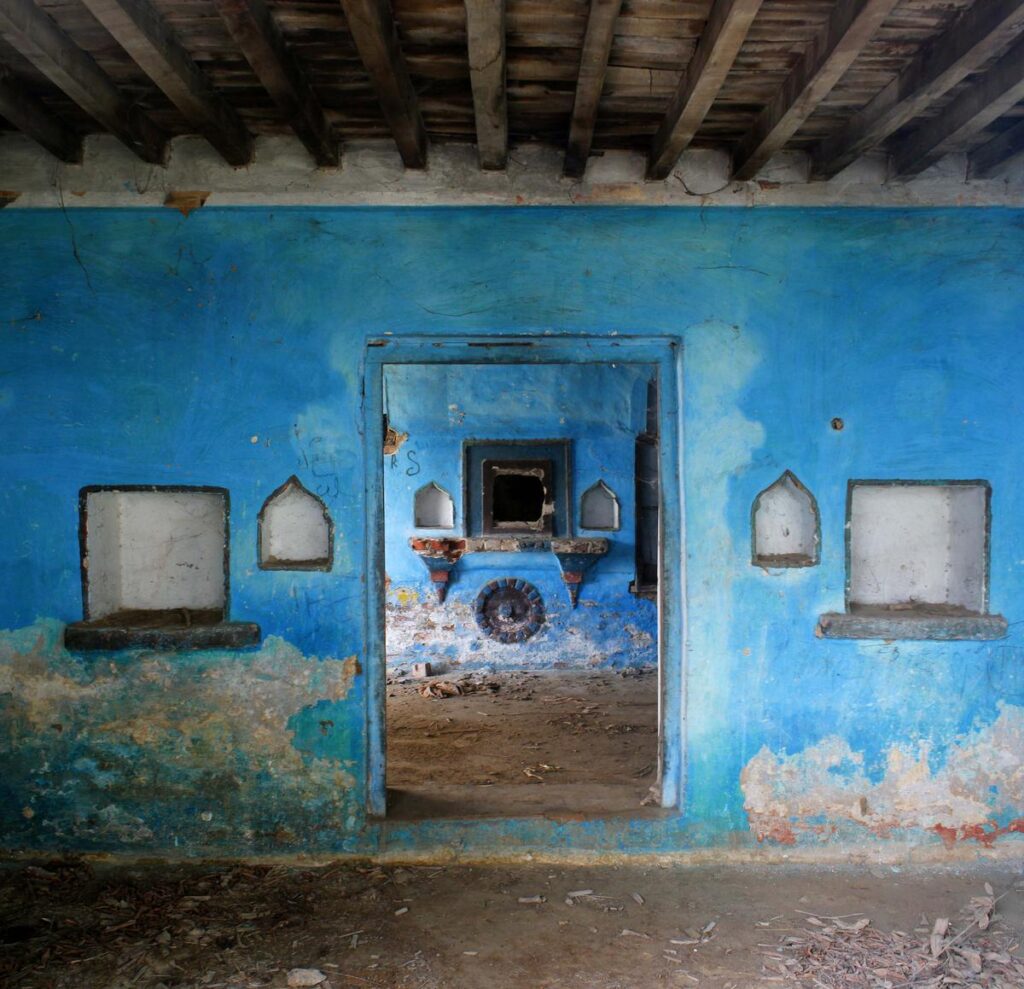
The government grants compensation; ₹15 lakh was given per family after the Muzaffarnagar riots. But you call this the ‘compensation trap’?
Invariably, governments directed by the courts want to weigh the losses of IDPs financially and get away with compensation. While compensation for families who lost a member was raised to ₹15 lakh, displaced families who will never be able to return to their villages got ₹5 lakh. But making amends for wrongs done, so that the scars of displacement and loss are healed, requires compassion and a human touch. It requires apology, handholding until they are physically settled, integrated into a new society, so that they and their children can let go of fear. The shock and betrayal, sometimes even unfounded guilt, never leaves one.
When you took up this project, you went to Kutba to see the ruins of the destroyed homes. Can you talk a bit about the ‘culture of spaces’?
The design and skills used in building homes is the collective cultural expression of a community’s values. When you lose everything, you look for hope in two places: community and expression. The process of rebuilding provides both. However, after incidents like the Muzaffarnagar and Shamli riots, most families were scattered in unfamiliar places. It became difficult for them to get new homes. Most used the compensation to rebuild livelihoods and get some land but could not build homes. We helped the community procure land together, so that they were reunited. Giving a house is charity; one is grateful, but it doesn’t rebuild lost confidence. And, invariably, donors and governments give ‘modern’ houses, disregarding cultural moorings.
We wanted to understand their histories, ways of living, skills, aesthetic expressions, identities, before we facilitated the rehabilitation. So, we went to their old village in Kutba. It was difficult; there was fear of the dominant Hindu community, at whose hands they had experienced betrayal, violence, death. People with whom they had lived over generations, people who had convinced them not to migrate to Pakistan in 1947. A mason named Nawab finally agreed to take us there with police escort.
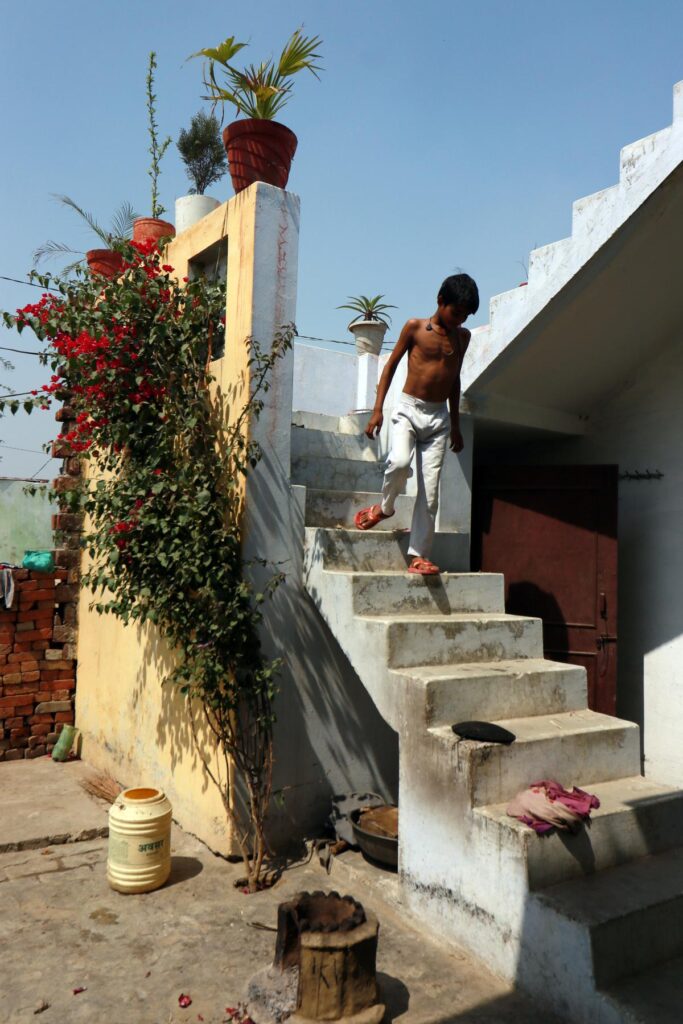
We found a unique lifestyle. For example, the khat (bed) determines the width of the veranda and even the staircase (it is carried to the first floor). The chulha (stove) shifts through the year from kitchen to veranda to courtyard. The old men sit at the juncture of street and house in a unique space called the ‘gallery’. The mother-in-law sits at the other end of the gallery, at a spot from where she can see every part of the house. The sitting room must be accessed straight from the street through a separate door. The houses always have potential for expansion to make room for newly-weds. Families make intricate patterns on coloured cement oxide floors with stencils made from newspapers. They mould concrete into aesthetic forms. The more elaborate the gate, the more the prestige… we found many such features.
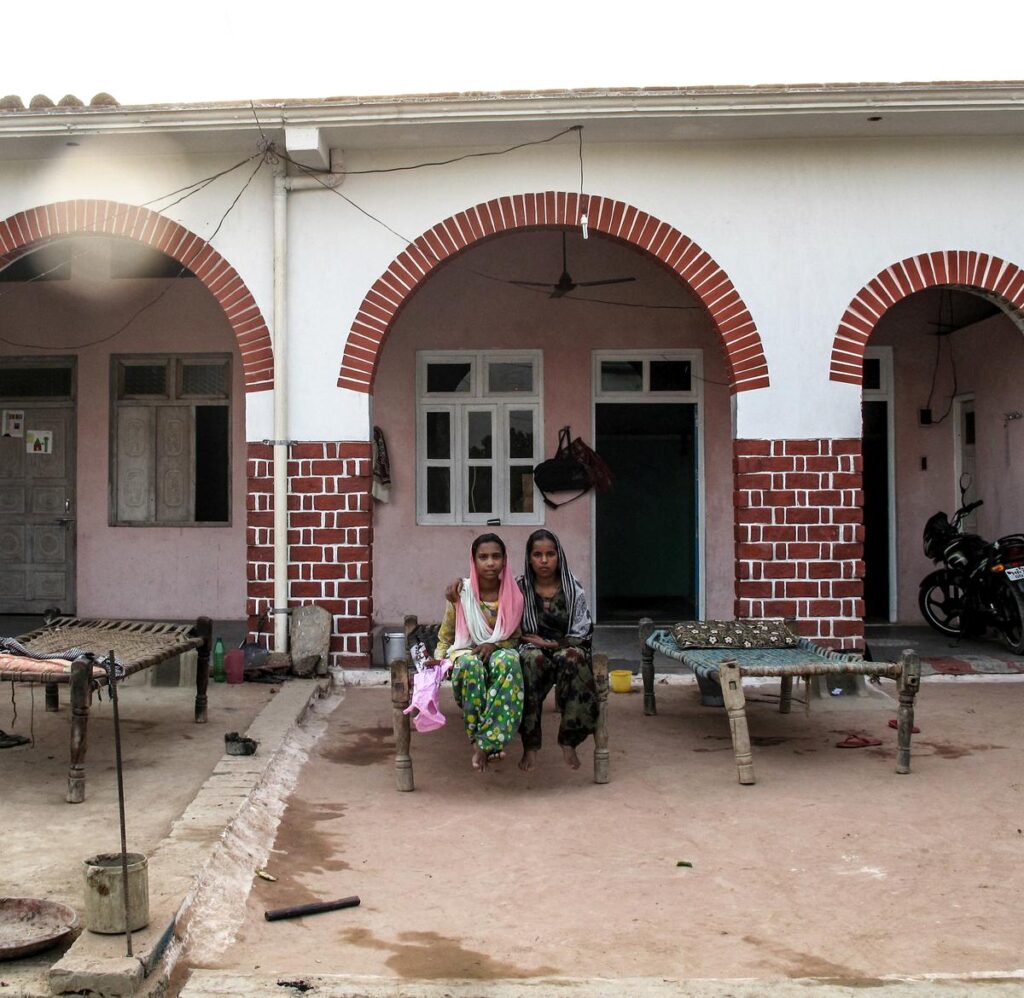
Your book speaks of how the villagers rejected open-brick facades for painted concrete. Is it a challenge to promote low-cost or green building in the hinterland?
On the contrary, villages are familiar with the advantages of, say, earthen walls or mud mortar for putting bricks together. It is possible to have an informed conversation with them, unlike urban people who reject such technologies based on bias or get fixated on a technology even when not appropriate. In rural homes, many parts of the house are left unplastered due to lack of funds, so exposed material has a different connotation — it means poverty. That is why they wanted to plaster and colour their walls.
Western UP is a seismic zone, but existing building practices are poor due to lack of resources; there is hardly any foundation, very thin mud mortar walls hold up heavy roofs. One shudders to think of earthquakes. We insisted on increasing costs by 15-20% to ensure safe housing. The villagers are extremely proud of this; they say they have the strongest homes in the city now.
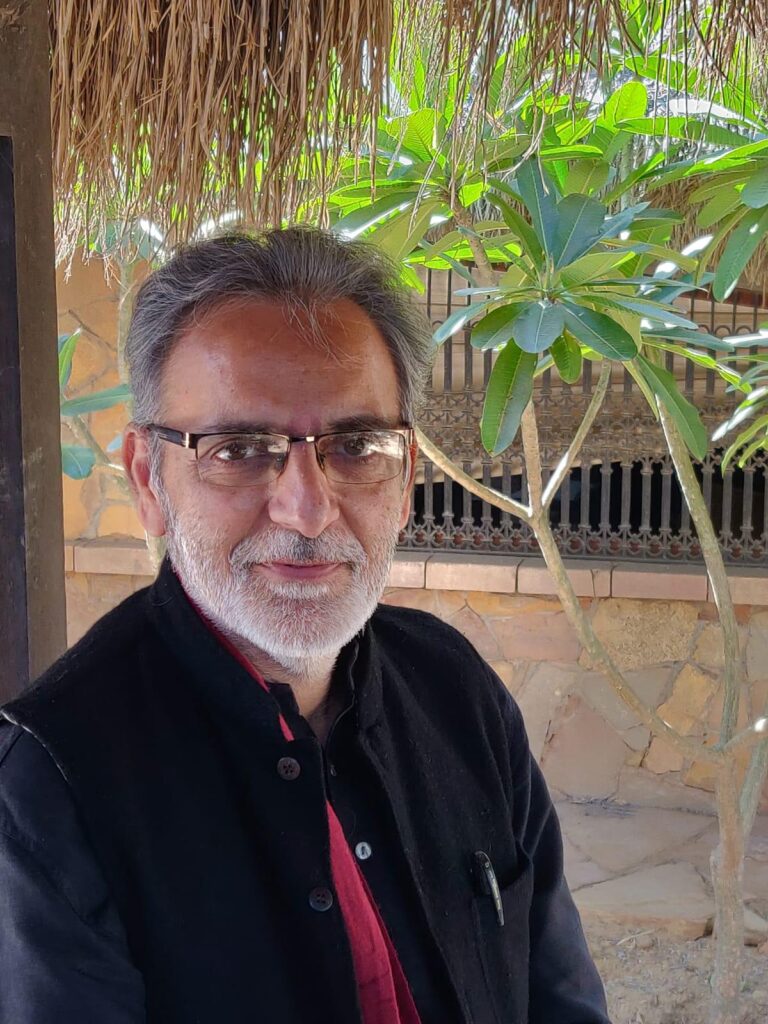
What is the nature of the partnership you entered into with the community?
In Shamli, we signed an agreement with each family articulating the roles of the family, the rehabilitation committee, and our organisations. We financed one room, the staircase, and the sanitation. The families paid for the rest.
Misereor Germany gave funding and HT Parekh Foundation supported all sanitation work. It was the government’s responsibility to provide roads, water and electricity, but finally we had to raise money for that too. The villagers were extremely resourceful. They got cheap material and support from former employers. Many local people helped, including a supplier who not just gave extensive credit, but also cash when funding was delayed.
NGOs Sadbhavana and Vanangna supported the rehabilitation committee to ensure that children gave their board exams in their old exam centres and didn’t lose a year. We helped with enrolments into schools, new identity papers, and resuming pensions. We also conducted psycho-social counselling with the children to help them overcome the trauma of loss and separation.
You insisted, for instance, that women be part of the Rehabilitation Committee. Do you think such interventions can have a lasting impact on social mores?
When a big social upheaval happens, it provides opportunities for making paradigm shifts in social norms such as patriarchy. Women are ready to change their roles in a new location where everyone has to contribute; men are ready to turn a blind eye to women in unconventional roles. This provides women the opportunity to not only demonstrate their abilities but also assure men that it doesn’t threaten them. For instance, women are very good at bringing consensus on difficult decisions. It particularly helps the girl child, as they see what is happening and adopt the changes permanently.
And what did you in turn learn from these families?
Perhaps the biggest contribution from the IDPs of Muzaffarnagar has been the building of the daat chat or shallow domes. When we visited the old homes in Kutba, we saw an array of beautifully crafted roofs made with bricks. These roofs look flat but are in fact very shallow domes, where all the bricks are in compression. It allows for flattening the top of the roof and building another storey on top. The masons who build these roofs are expert craftsmen. The importance of the shallow dome roof is that it can reduce the use of cement and steel by 70-75%. This is important; these two contribute most to carbon emissions from the building industry. The roof is cheaper than RCC and more durable. We saw homes with roofs that are 300-400 years old!
We researched and tested the roofs for seismic safety and invited the artisans to share their knowledge at a national conference in Delhi. Since then, many architects are adopting the shallow dome. Artisans are invited to architecture schools to demonstrate and teach the next generation.
Perhaps this is a befitting recognition of a culture and a people who did not deserve to be violently removed from their ancestral homes.
vaishna.r@thehindu.co.in
source: http://www.thehindu.com / The Hindu / Home> Society – In Conversation / by Vaishna Roy / April 16th, 2022








